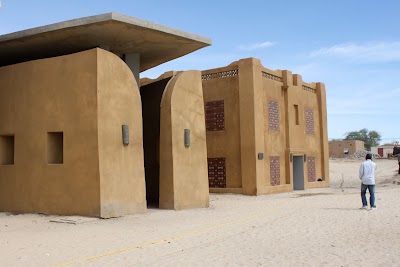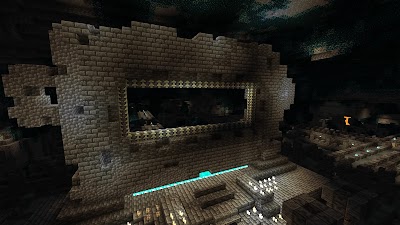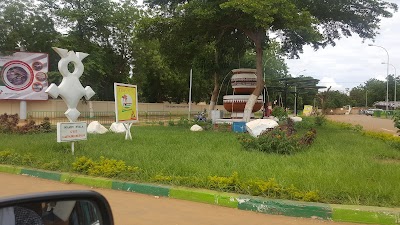Taghaza Historical Site (Site Historique de Taghaza)
Overview
**Taghaza: A Journey Through Time in Mali's Salt Trade Hub**
Taghaza, an ancient town nestled in the Taoudénit Region of Mali, boasts a rich history intricately linked to the salt trade that thrived for centuries. In the vast expanse of the Sahara Desert, salt was a precious commodity, vital for food preservation and health maintenance. Taghaza emerged as a key player in this trade, evolving into a pivotal hub for the extraction and distribution of salt.
**Unique Architecture of Salt**
One of the most striking features of Taghaza is its unique architecture; the town was constructed entirely from salt blocks. This distinctive building material underscores the region's abundant salt resources. Inhabitants would cut large slabs of solid salt from nearby mines, stacking them and binding them together with a mixture of salt and water to create durable structures. This method was not only practical but also deeply symbolic, reflecting the town’s intrinsic relationship with salt.
**The Salt Mines and Labor**
The salt mines of Taghaza resembled large underground quarry pits, where workers toiled under harsh desert conditions. Using simple tools, they extracted salt from these pits, laying it out under the blazing sun to dry and form large, crystalline blocks ready for transport. This labor-intensive process was vital to the town's economy and way of life.
**Caravans: The Lifeline of Trade**
Caravans of camels played a crucial role in the salt trade, with long lines of these resilient animals—sometimes numbering in the hundreds—traversing the desert. They carried heavy loads of salt to far-off markets, including Timbuktu and beyond. These arduous journeys could last for weeks or even months, forming the backbone of Taghaza’s economic network and linking it to extensive trade routes across West Africa.
**Life in Taghaza**
Despite the unforgiving environment, Taghaza thrived for centuries. The town featured bustling marketplaces and residential areas, where merchants, laborers, and their families inhabited salt-built homes. The economy revolved around the salt mines, with nearly every resident involved in the extraction, processing, or trade of this vital resource.
**Challenges Faced by Its Inhabitants**
However, life in Taghaza was not without its challenges. Living conditions were tough, and the scarcity of resources other than salt made daily life austere. Regular supplies of food and water had to be imported from other regions, complicating survival. Additionally, the threat of tribal conflicts and raids loomed over the inhabitants and trade caravans, adding to their hardships.
**The Decline of Taghaza**
By the 16th century, the dynamics of the salt trade began to shift as new salt mines were discovered elsewhere, leading to a decline in Taghaza's prominence. The town eventually fell into abandonment, and its once-bustling streets became eerily quiet. Today, the remnants of salt block buildings stand as poignant reminders of the town's historical significance and its role in the trans-Saharan trade networks.
**A Historical Treasure Trove**
The Taghaza Historical Site remains a captivating destination for historians and archaeologists alike. Ongoing excavations and studies have yielded valuable insights into salt extraction techniques and the daily lives of its former residents. The site’s preservation offers a fascinating glimpse into the past, showcasing the ingenuity and resourcefulness of the people who once inhabited this remarkable town.
**Legacy of Resilience**
While Taghaza may no longer be a bustling trading hub, its legacy endures. The story of Taghaza is a testament to human adaptation and resilience in one of the harshest environments on Earth. It underscores the vital role of salt in historical trade and its significant impact on shaping civilizations.





